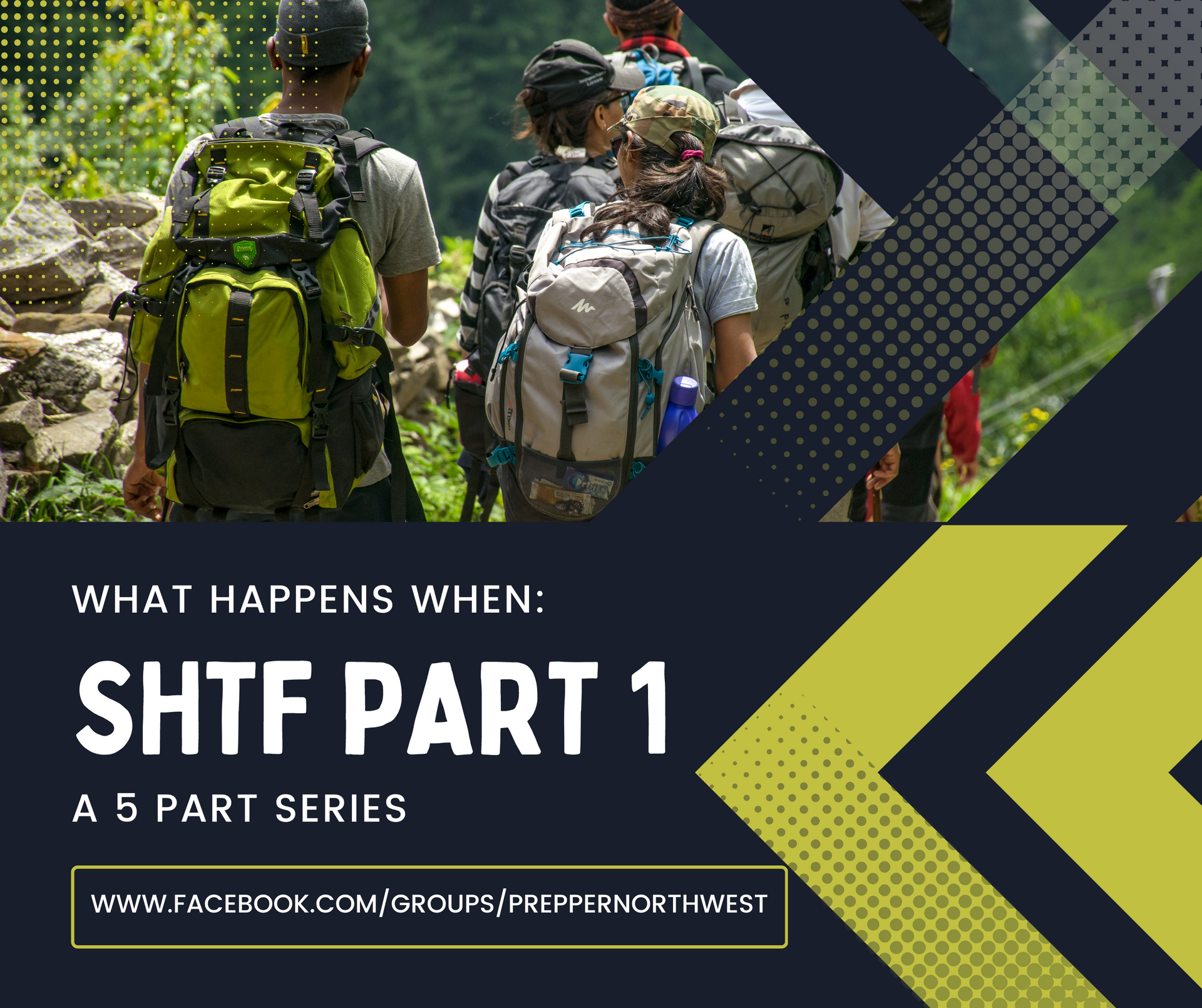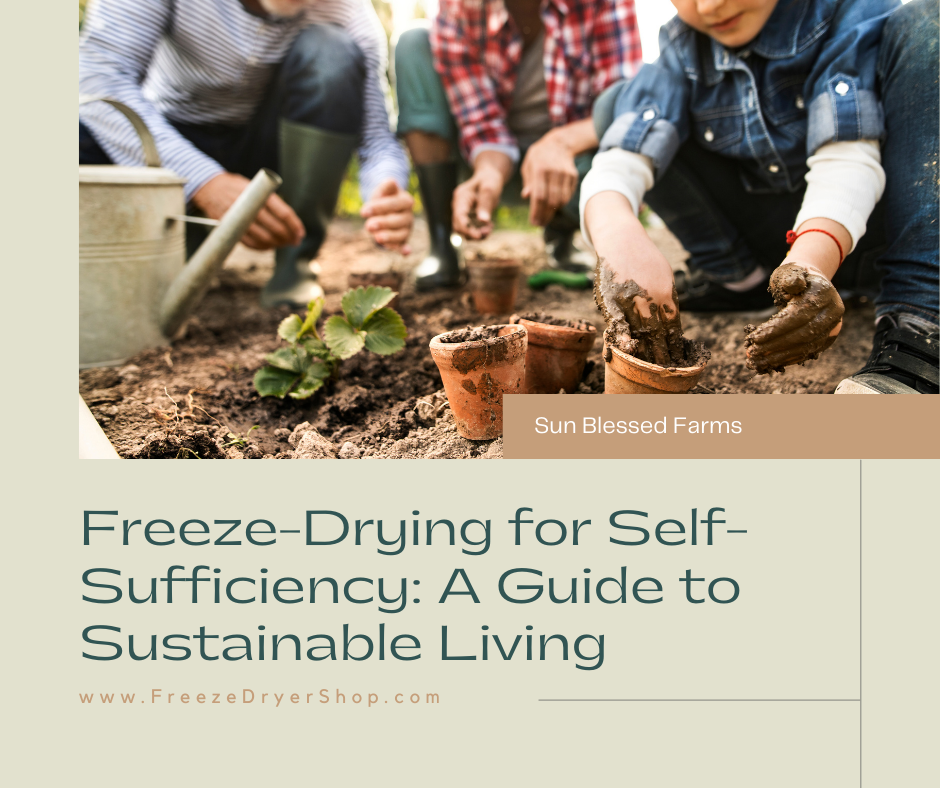The Path to Sustainability Part 2
Building Sustainable Communities
The Path to Sustainability - Part 2: Building Sustainable Communities
In the first part of our series, we explored the concept of self-sufficiency and how small families in semi-rural areas can take steps to become more self-reliant. While individual self-sufficiency is a commendable goal, the journey becomes even more impactful when we extend it to our communities. In Part 2 of "The Path to Sustainability," we delve into the importance of building sustainable communities and how individuals can contribute to collective resilience and well-being.
The Power of Community
Community plays a crucial role in our lives, providing support, resources, and a sense of belonging. When we talk about building sustainable communities, we're referring to neighborhoods, towns, or regions where residents work together to achieve common goals related to environmental, social, and economic sustainability.
Why Sustainable Communities Matter
- Resilience: Sustainable communities are better equipped to face challenges such as natural disasters, economic downturns, and resource shortages. Through collective efforts, communities can develop strategies for resilience and adaptability.
- Resource Efficiency: Sharing resources within a community reduces waste and conserves valuable resources. For example, communal gardens can provide fresh produce for residents, reducing the need for long-distance food transportation.
- Economic Stability: Sustainable practices can lead to local job creation and economic stability. Supporting local businesses and cooperatives keeps wealth circulating within the community.
- Improved Quality of Life: Sustainable communities often prioritize green spaces, clean air, and accessible public transportation. These factors contribute to a higher quality of life for residents.
- Environmental Protection: Collective action can address environmental challenges like pollution and habitat preservation. Sustainable communities work towards reducing their ecological footprint.
How to Build a Sustainable Community
Building a sustainable community is a collective effort, but it starts with individual actions. Here are some steps individuals and families can take to contribute to community sustainability:
1. Foster Relationships
Strong community bonds are the foundation of sustainability. Get to know your neighbors, participate in local events, and engage with community organizations. Building relationships fosters trust and collaboration.
2. Support Local Businesses
Choose to shop at local stores and support local artisans and farmers. This helps boost the local economy, reduces carbon emissions from transportation, and promotes a sense of community pride.
3. Share Resources
Consider resource-sharing initiatives like tool libraries, community gardens, or carpooling arrangements. Sharing resources reduces consumption and builds a sense of interdependence.
4. Participate in Community Gardening
Community gardens provide fresh, locally grown produce and bring neighbors together. Whether you have gardening experience or not, community gardens offer opportunities to learn and connect.
5. Advocate for Sustainable Policies
Engage with local government and advocate for policies that promote sustainability, such as renewable energy incentives, waste reduction programs, and green infrastructure projects.
6. Reduce Energy Consumption
Implement energy-efficient practices in your home and encourage your neighbors to do the same. Consider community-wide energy initiatives like solar cooperatives.
7. Create a Resilience Plan
Work with your neighbors to develop a community resilience plan that addresses potential challenges like extreme weather events, power outages, or food shortages. Collaborative planning can save lives and resources.
Real-Life Examples of Sustainable Communities
Let's explore a few real-life examples of communities that have embraced sustainability:
1. Transition Towns
Transition Towns are a global movement where communities come together to address the challenges of peak oil, climate change, and economic instability. They focus on building resilience through local initiatives like renewable energy projects, community gardens, and skill-sharing workshops.
2. Ecovillages
Ecovillages are intentional communities that prioritize sustainability in all aspects of life. These communities often incorporate renewable energy, eco-friendly construction, and shared resources. Findhorn in Scotland and Auroville in India are well-known ecovillages.
3. Neighborhood Associations
Many neighborhoods have formed associations or groups dedicated to sustainability. These associations focus on local issues like clean energy adoption, waste reduction, and community building. They often partner with local governments and businesses to create positive change.
4. Urban Farming Cooperatives
In urban areas, farming cooperatives are sprouting up on rooftops, vacant lots, and community spaces. These initiatives provide fresh produce to city dwellers and contribute to food security. For example, Brooklyn Grange in New York City operates rooftop farms that supply fresh vegetables to the local community.
Challenges and Opportunities
While the benefits of sustainable communities are clear, there are also challenges to overcome. Some communities may face resistance to change, lack of awareness, or limited resources. However, every challenge presents an opportunity for growth and innovation.
Engaging in conversations with neighbors, hosting community workshops, and collaborating with local organizations can help address these challenges. Embrace a mindset of continuous improvement and adaptability.
Conclusion
In conclusion, embracing sustainability in a semi-rural setting is a rewarding journey that empowers individuals and families to live more harmoniously with the environment, build stronger communities, and enhance their quality of life. By taking steps to become more self-sufficient, practicing responsible resource management, and actively engaging with the local community, you can contribute to a more sustainable future for both your family and the planet.
Remember that the path to sustainability is a continuous one, marked by learning, adapting, and evolving. It's about finding innovative solutions, making informed choices, and collaborating with neighbors and community organizations. As you embark on this journey, you'll not only reduce your environmental footprint but also inspire others to follow suit.
By adopting a sustainable lifestyle in your semi-rural home, you become part of a global movement working towards a brighter, greener, and more resilient future. Your actions ripple outward, creating positive change for your family, your community, and generations to come. So, take the first step on this path to sustainability, and together, we can build a better, more sustainable world.
Thank you for joining us in exploring the ways in which small families in semi-rural areas can become more self-sufficient and contribute to a sustainable future. Stay tuned for the next installment in our series, where we'll delve into the importance of community collaboration and how to build resilience in your local neighborhood.
#Sustainability #SustainableCommunities #CommunityBuilding #Resilience #LocalEconomy #ResourceSharing #GreenLiving #EnvironmentalProtection #QualityOfLife #SupportLocal #CommunityGardens #RenewableEnergy #ClimateAction #UrbanFarming #EcoFriendly #TransitionTowns #Ecovillages #NeighborhoodAssociations #FoodSecurity #PositiveChange #Collaboration #Innovation #BuildingBetterCommunities #TogetherForChange #CommunityEngagement #GreenInitiatives #SustainableLifestyle #CommunityResilience #FutureGenerations #EnvironmentalSolutions #SustainableLiving
Ready to work with
FreezeDryerShop?
Let's connect! We’re here to help.
Send us a message and we’ll be in touch.
Or give us a call today at (208) 648-2600
Agency Contact Form
More Marketing Tips, Tricks & Tools
Advice From The Experts at FreezeDryerShop.com!







